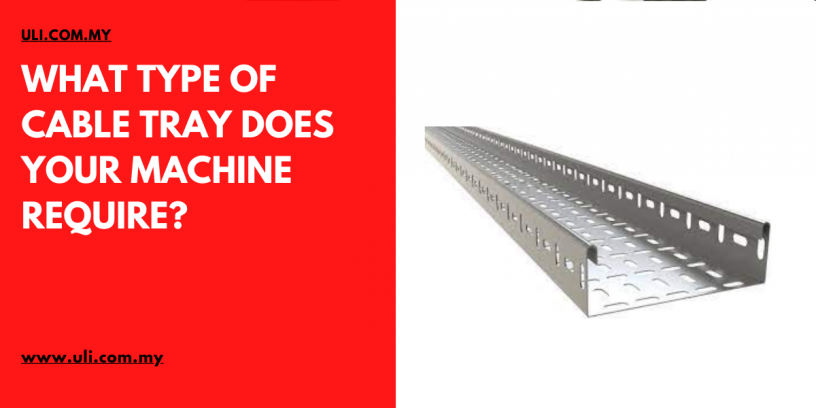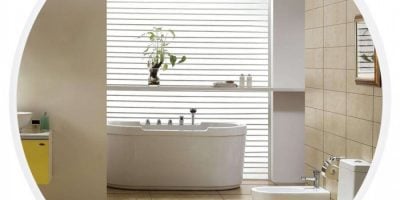Cable trays are a type of mechanical support system for electrical cables used for power distribution, control, and communication. They are ideal for running huge amounts of power or data cables overhead or beneath the floor. Cable trays exist in a variety of forms and sizes, and certain laws necessitate the use of specific accessories such as sides or covers. They are available in steel, aluminium, and fibre reinforced plastic. When researching the various types of cable trays for your machine or client facility, it is critical to understand what cables you will install and how long they will run.

TYPES OF CABLE TRAYS
Ladder
Ladder cable trays are utilised in about 75% of cable tray wiring system installations. Because of its numerous desired qualities, it is the most common form of cable tray. It permits the most unrestricted passage of air through the cables since there are no covers. This permits the heat generated in the cable’s conductors to disperse properly. The ladder cable tray rungs serve as easy anchors for tying down cables in non-horizontal cable tray runs. Ladder cable trays are commonly utilised in situations with medium to extensive support spans.
Solid bottom
Continuous non-ventilated support for fragile wires. A solid bottom cable tray is often utilised for low-heat electrical or communications applications with short to medium support spans. Some engineers and designers require solid bottom cable trays, generally in conjunction with covers, believing that all electrical circuits must be completely encased in metal for safety.
Trough
Typically utilised in mild heat generation applications with short to intermediate support spans. This tray provides mild ventilation and increased cable support frequency, with the bottom arrangement offering cable support every 4 inches on average.
Single rail
Allows for the quickest system installation and the maximum flexibility in cable entry and departure from the tray system. Typically utilised in low-voltage and power cable installations when side fill and installation speed are important considerations. Single rail trays are available as single-hung or wall-mounted systems with one or more levels.
Channel
When conduit is not an option, this method is used for installations with a limited number of tray cables. Supports cable drops and branch cable runs from the backbone cable tray system at a low cost. Short to medium support spans with a high support frequency.
Mesh Wire
Typically utilised in telecommunications and fibre optic applications, and mounted on short support spans. A field-adaptable support system was considered, especially for low-voltage wire.
For more information about Cable Support Systems Malaysia, please visit www.uli.com.my















